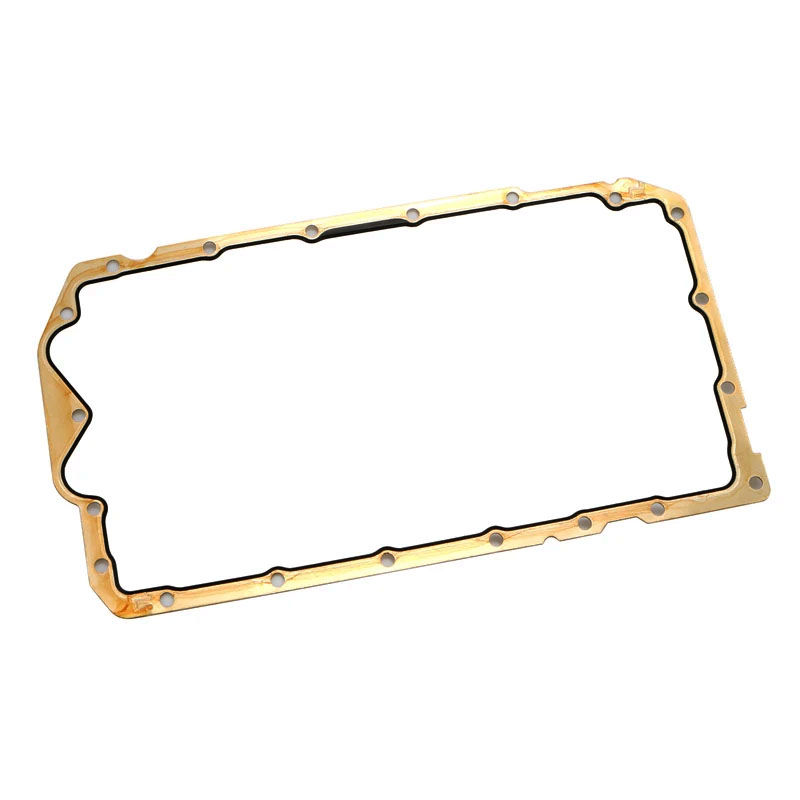Understanding Cutlass Bearings in Marine Applications for Optimal Boat Performance and Maintenance
Understanding Cutlass Bearing in Boat Maintenance
When it comes to boat maintenance, one of the often-overlooked components is the cutlass bearing. This critical part plays an essential role in the overall performance and longevity of a boat, particularly in those equipped with inboard engines and shaft drives. Understanding the function, maintenance, and replacement of cutlass bearings can significantly enhance a boat owner’s experience on the water.
What is a Cutlass Bearing?
The cutlass bearing is a cylindrical bearing that supports the shaft of a boat's propulsion system. Located in the stern tube, it allows for smooth rotation of the propeller shaft while minimizing friction and wear between the moving parts. Typically constructed from a durable composite material or rubber with bronze backing, the cutlass bearing is designed to withstand both the harsh marine environment and the continuous stresses of propulsion.
Function of the Cutlass Bearing
The cutlass bearing serves multiple purposes. Primarily, it supports the propeller shaft, ensuring it remains centered within the shaft log. This alignment is crucial for minimizing vibration and wear on both the shaft and the transmission system. Additionally, the cutlass bearing helps to absorb shock loads while the boat is in motion, thus protecting more sensitive components of the propulsion system.
Another important function of the cutlass bearing is to provide lubrication through water ingress. As the shaft rotates, water enters the bearing, creating a lubricating film that reduces friction. This natural lubrication is vital to the bearing's performance and longevity; without it, the bearing could overheat and fail.
Signs of Wear and Tear
Over time, cutlass bearings can wear out due to repeated exposure to water, friction, and stress. Boat owners should be attentive to specific signs that indicate a need for inspection or replacement. Some common indicators of a failing cutlass bearing include
cutlass bearing boat

1. Vibration Increased vibration during operation can indicate that the shaft is misaligned or that the cutlass bearing has worn unevenly. 2. Noise Unusual noises, especially grinding or clunking sounds, might suggest that the bearing is deteriorating and not providing adequate support for the shaft.
3. Excessive Play If there is noticeable movement in the shaft when it is pushed or pulled, the cutlass bearing may be excessively worn and in need of replacement.
4. Leaking Water While some water ingress is normal, excessive leaking could be a sign that the cutlass bearing is losing its integrity.
Maintenance and Replacement
Regular maintenance of the cutlass bearing is essential for optimal boat performance. Boat owners should check the bearing during routine inspections and before long voyages. This includes checking for wear, proper alignment, and the general condition of the supporting components.
If it is determined that a replacement is necessary, the removal and installation of a cutlass bearing should ideally be done by a qualified marine technician to ensure that the procedure is done correctly. The process involves removing the shaft and stern tube, which can be complex, especially for larger vessels.
Conclusion
The cutlass bearing may be a small component, but its impact on a boat's performance and maintenance is significant. By understanding its function, recognizing signs of wear, and maintaining it correctly, boat owners can ensure a smoother, more enjoyable experience on the water. With proper attention to this critical element of the propulsion system, you can keep your vessel running efficiently, allowing for many wonderful days on the sea. Whether you're a seasoned sailor or a new boat owner, incorporating cutlass bearing maintenance into your routine is a wise investment in your maritime adventures.
-
Simplifying Oil Changes: A Comprehensive Guide to Oil Drain Plugs and Their Variants
News Aug.04,2025
-
Mastering Oil Drain Maintenance: Solutions for Stripped, Worn, and Upgraded Oil Plugs
News Aug.04,2025
-
Fixing Oil Pan Plug Issues: Leaks, Stripped Nuts, and the Right Replacement Solutions
News Aug.04,2025
-
Everything You Need to Know About Oil Drain Plugs: Sizes, Fixes, and Upgrades
News Aug.04,2025
-
Choosing the Right Oil Drain Plug: A Guide to Sizes, Materials, and Drain Innovations
News Aug.04,2025
-
A Complete Guide to Automotive Drain Plugs: Types, Problems, and Innovative Solutions
News Aug.04,2025
-
The Ultimate Guide to Car Repair Kits: Tools and Essentials Every Driver Should Own
News Aug.01,2025
Products categories















